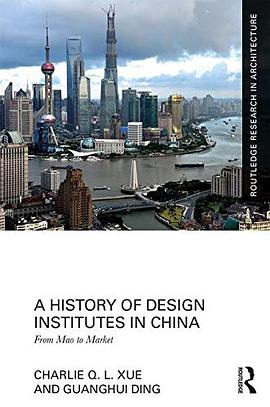A History of Design Institutes in China
豆瓣
From Mao to Market
Charlie Q. L. Xue / Guanghui Ding
简介
A History of Design Institutes in China examines the intricate relationship between design institutes, the state, and, in later periods, the market economy through a carefully situated discussion of significant theoretical and historical issues including socialist utopia, collective and individual design, structural transformation, and architectural exportation, amongst others. It shows how, over the past six decades, China’s design institutes have served the state’s strategy for socialist construction and urbanizsation to create socio-economic and cultural value. Through first-hand research, authors Xue and Ding reveal how the tensions between pragmatism, creativity, collaboration, and resistance, have played a crucial role in defining architectural production.
Appealing to academics, researchers, and graduate students, this book provides a much-needed contribution to the discourse on architectural history, building practices, and policymaking in contemporary China.
contents
Preface
List of illustrations
1 Introduction
Part I Engineering the political machine
2 The emergence of state-owned design institutes
3 Socialist construction during the Cold War: 1950–1965
Part II Surfing the economic wave
4 Returning to the normal track: 1972–1995
5 Reform and transformation in the twenty-first century
6 State missions in the urban expansion and green architecture
Part III Enhancing the cultural power
7 Where production, teaching, and research meet: University-run design institutes
8 Architectural export from China’s design institutes
9 Conclusion
Chronology of design institutes in China
Bibliography on design institutes